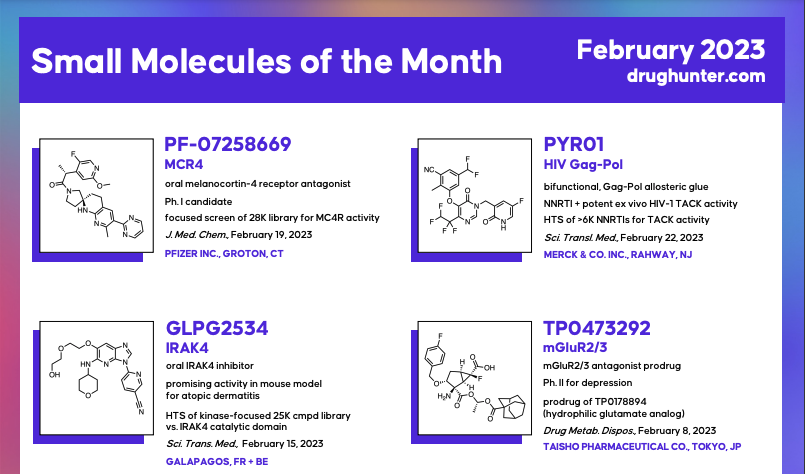Dennis C. Koester
Director, Industry Research & Relations
Dennis C. Koester serves as the Director of Industry Research and Relations at Drug Hunter, dedicating his efforts to empowering drug discovery professionals worldwide by accelerating their research and enhancing their chances of success. Before joining Drug Hunter, Dennis was a Director at FibroGen, leading innovative drug discovery research in oncology and hematology. His career as a Medicinal Chemist began at the Novartis Institutes for Biomedical Research in Emeryville, CA, where he developed his expertise across both property-driven and target-based drug discovery programs, particularly in areas of critical unmet medical need.
Dennis obtained his Ph.D. in Organic Chemistry from the University of Göttingen, earning recognition as a Studienstiftung des deutschen Volkes and Kekule fellow, and specializing in carbohydrate chemistry and transition-metal catalysis. He conducted research at the University of Münster and Kyoto University as a JSPS fellow. His postdoctoral journey then took him to Stanford on a prestigious Alexander von Humboldt Fellowship.
Beyond his professional pursuits, Dennis cherishes quality time with his family and friends. He is an avid soccer player, enjoys traveling, and has a profound interest in exploring and appreciating diverse cultures.
More from Dennis
Join the Drug Hunter Mailing List
to get free content and resources weekly. Trusted by >8,000 drug hunters worldwide. Unsubscribe anytime.
